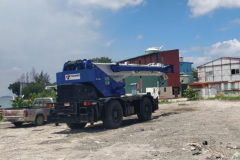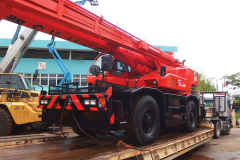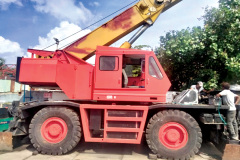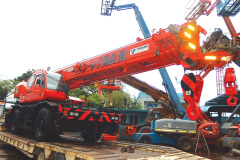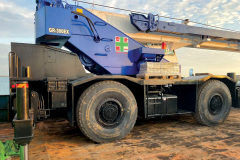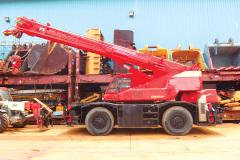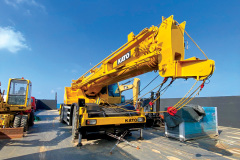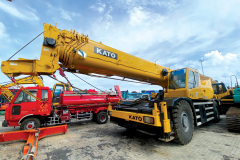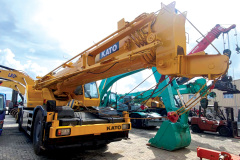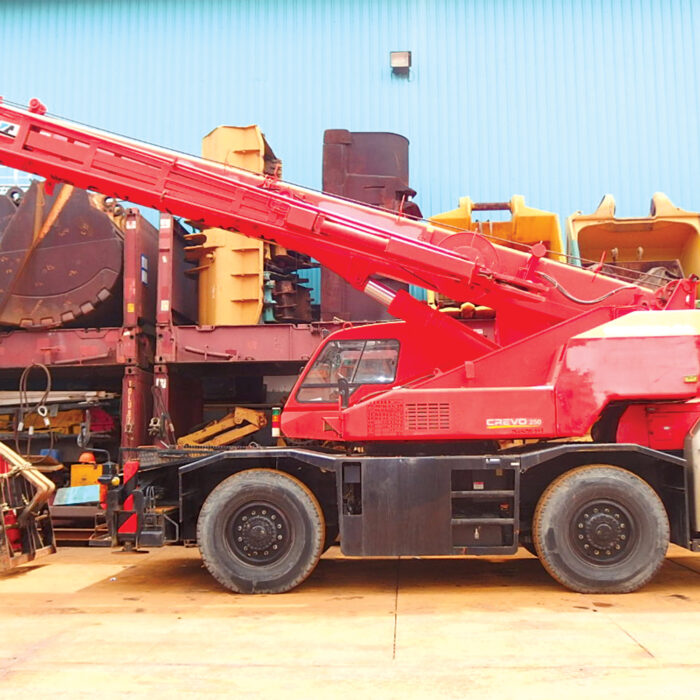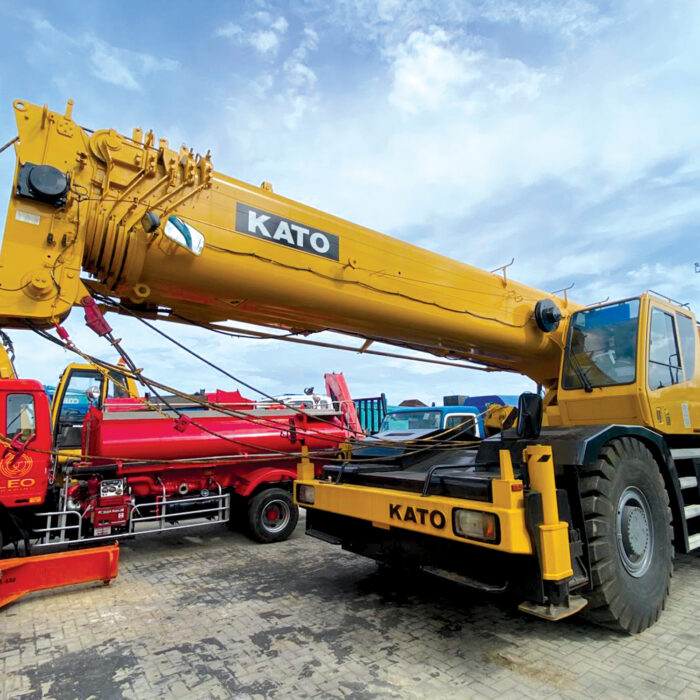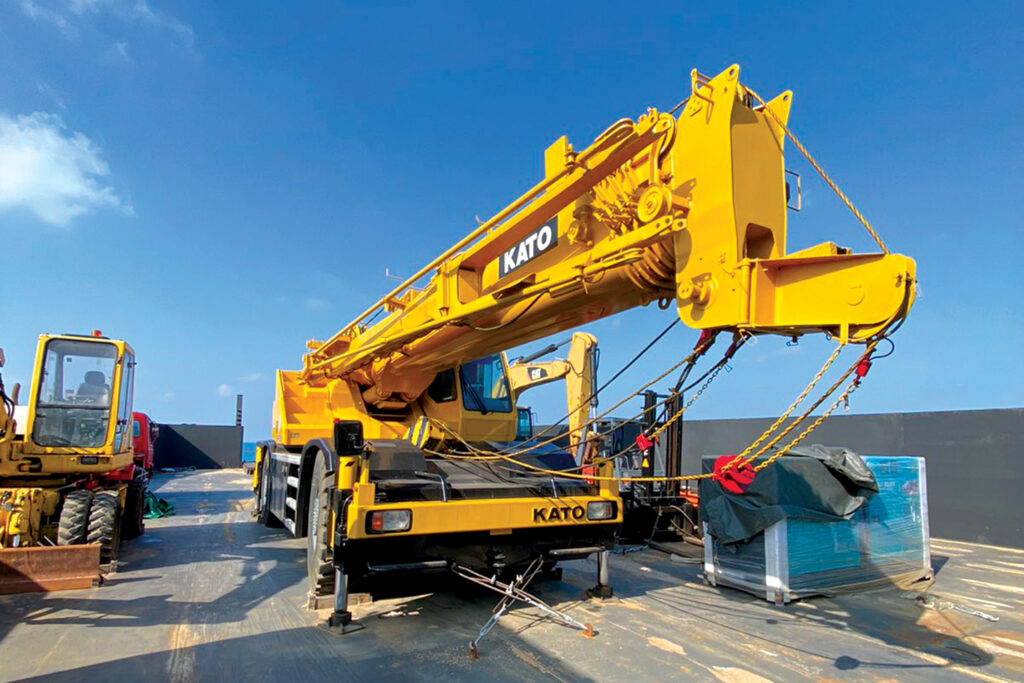

CRANE
A crane is a large, mechanical machine used to lift, move, and lower heavy loads or materials in construction, manufacturing, shipping, and other industries. Cranes typically have a hoist (a lifting mechanism), a boom (a long arm), and a hook or other attachment to carry and move loads. Cranes are essential for tasks that involve moving materials to great heights or over distances that would be difficult or impossible with manual labor.
Key Components of a Crane:
- Boom: A long arm that supports the load and extends horizontally or vertically. It can be fixed or telescopic (extendable).
- Hoist: A mechanical device used to lift and lower the load. It typically includes a winch, motor, and cables or chains.
- Hook or Attachment: A device attached to the hoist that grips or secures the load. Other attachments might include buckets, magnets, or specialized lifting gear.
- Rotating Mechanism: Many cranes can rotate their boom and hoist to lift materials in different directions. This is especially true for mobile cranes or tower cranes.
- Base or Chassis: This provides the stability for the crane. Depending on the type, the base could be a stationary platform, a truck, or a tracked or wheeled chassis.
Common Uses of Cranes:
- Construction: Lifting and placing materials such as steel, concrete, and building components.
- Shipping and Ports: Loading and unloading cargo from ships.
- Mining and Quarrying: Moving large amounts of rock, equipment, and materials.
- Industrial and Manufacturing: Moving heavy items in factories, assembly lines, or storage areas.
Cranes come in various sizes and capacities, with some capable of lifting hundreds of tons, making them indispensable for large-scale operations requiring the movement of heavy loads.
Energy Type: Diesel
Capacity: 25 – 70 TONS
GALLERY
-
L-268 TADANO GR250N-1-00201
Read moreVEHICLE TYPE CRANE ENERGY TYPE DIESEL BRAND TADANO MODEL GR250N-1-00201 CAPACITY 25.5 T -
L-366 TADANO GR300EX
Read moreVEHICLE TYPE CRANE ENERGY TYPE DIESEL BRAND TADANO MODEL GR300EX CAPACITY 27.29 T -
L-447 KATO SR700L
Read moreVEHICLE TYPE CRANE ENERGY TYPE DIESEL BRAND KATO MODEL SR700L TONNAGE 39750KG -
L-536 KATO KR-25H3I
Read moreVEHICLE TYPE CRANE ENERGY TYPE DIESEL BRAND KATO MODEL KR-25H3I TONNAGE

